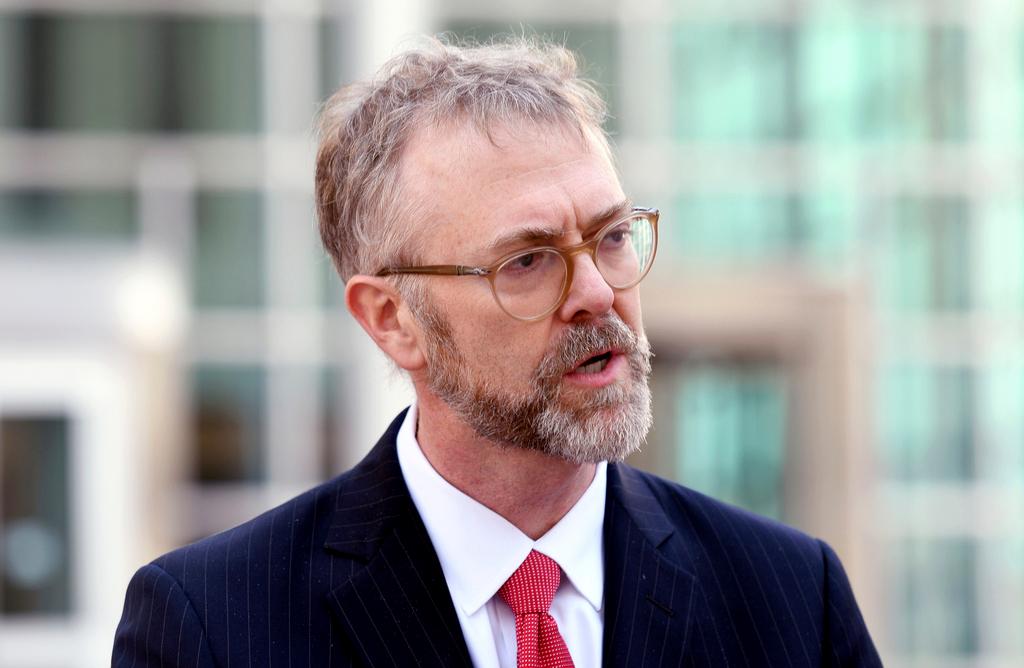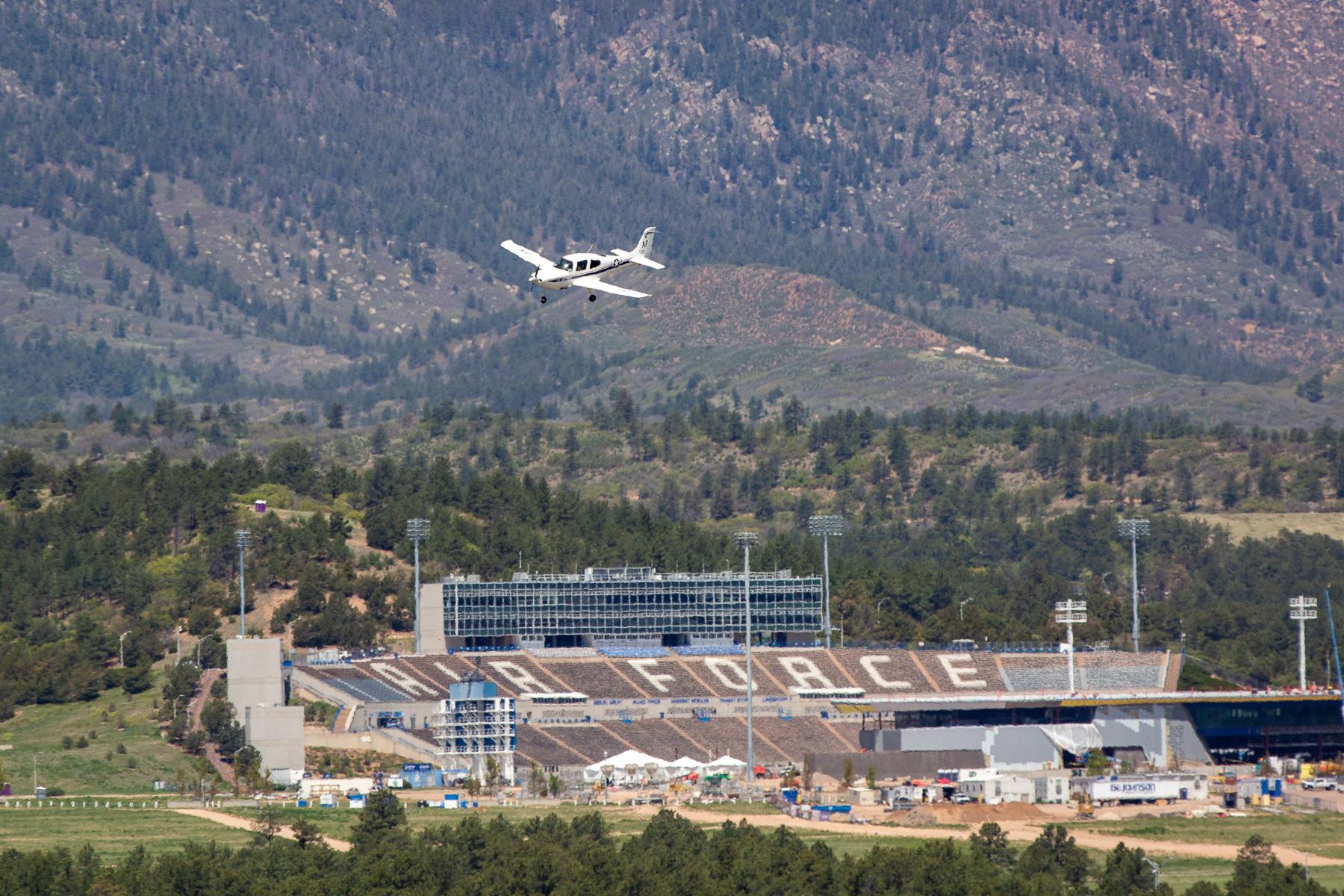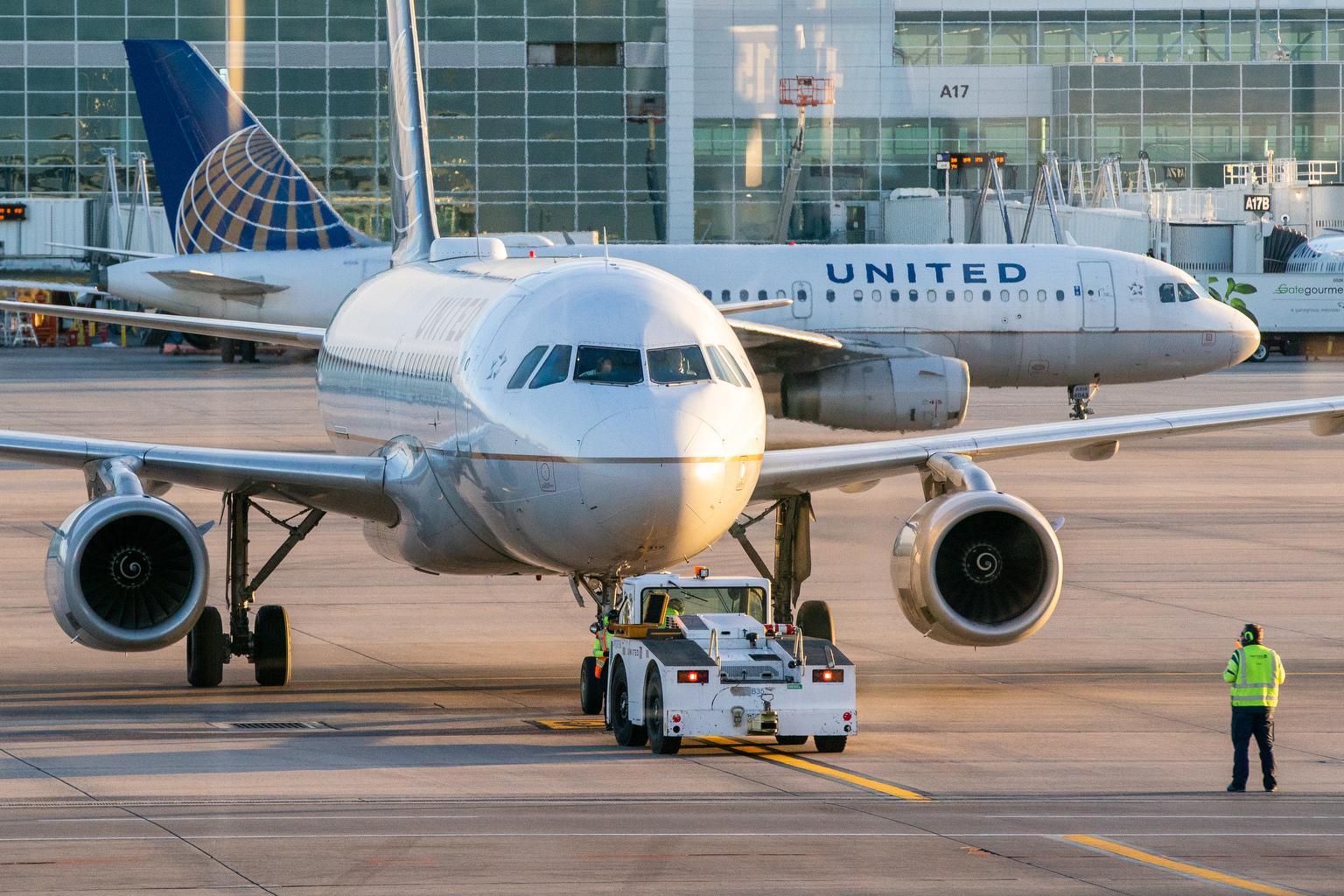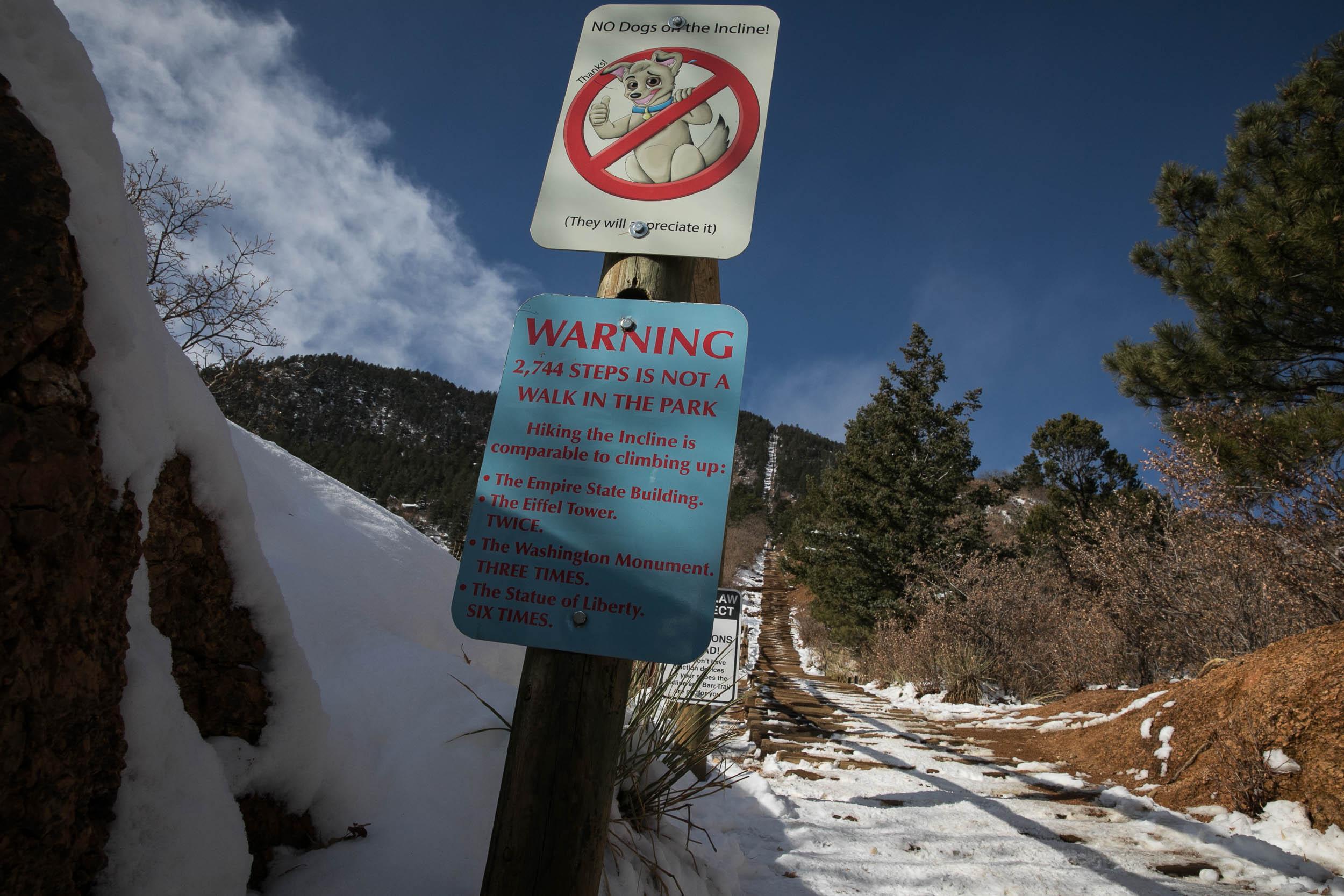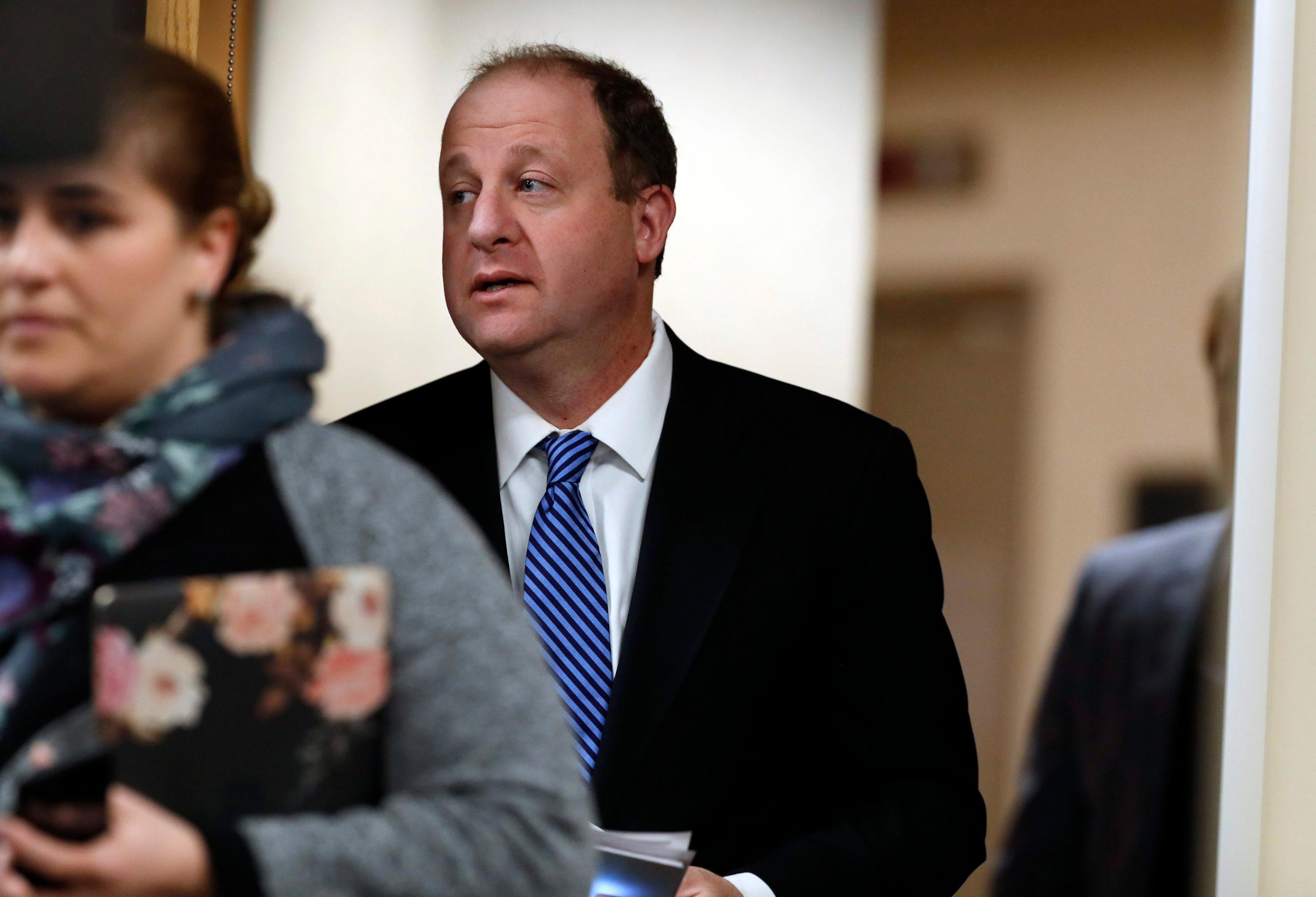
Long rows of temporary hospital beds may soon rise in Colorado sports venues, convention centers or warehouses as the state prepares for a surge of COVID-19 patients.
“It will look similar to what you're seeing in New York City right now in Central Park,” incident commander Scott Bookman said on Wednesday, referring to a coronavirus tent hospital that opened in the Big Apple's crown-jewel park.
Gov. Jared Polis wants the state and the U.S. Army Corps of Engineers to prepare 2,000 temporary new “surge” beds by April 18, plus thousands of more beds in hotels and dorms to quarantine asymptomatic patients.
The governor didn’t say exactly where or when Colorado could build its field facilities. But he described the plan as one of his “wildly important goals,” and officials have reportedly been scouting for locations.
The surge beds would be used to care for “Tier 3” patients who have lingering illnesses but don’t require the most intense medical care.
“These are people who require daily monitoring by a doctor, twice-daily monitoring by a registered nurse. They may have some respiratory therapy needs,” Bookman said.
Another need for the state was to find rooms to quarantine up to 10,000 asymptomatic “Tier 4” COVID patients, including hotels and dorms, by May 15. That would include people who are homeless as well as people who can’t return home due to infection risks. The city of Denver already is considering a plan to consolidate its homeless shelters in one facility.
The Colorado Department of Public Health and Environment didn’t immediately respond to a request for further details on the plans.
Field hospitals are most often built in response to natural disasters, including after the recent Gulf hurricanes. It’s unusual, even unnerving, to see them rising in multiple cities across the U.S.
“They appear during what are called mass casualty events when there are large-scale hazards that cause larger than normal numbers of patients to need intensive care,” said Glen Mays, chair of the Department of Health Systems, Management and Policy at The University of Colorado Anschutz Medical Center.
Typically, these lower-level cases would be cared for in a hospital or in a rehab facility. But the regular Tier 3 beds may be converted for Tier 2 acute care — such as IV drips and hourly monitoring — or Tier 1 critical care. The governor wants 5,000 critical-care beds by April 18, doubling the current inventory by converting existing hospital beds and space.
“We haven’t seen an infectious disease outbreak that would be at the level to create this kind of need in quite some time,” Mays said.
Mays guessed that the government would try to build a small number of large facilities, rather than spreading them out across the state. A larger facility in a major city could be easier to build and staff.
“We currently don't have any details. We are part of the conversations with the state but it's currently in [the] exploration stage,” wrote Erika Martinez, a spokeswoman for the city of Denver.
Efficiency will be the name of the game, especially when it comes to doctors and nurses. Hospital representatives say they’ll work with the state on staff and supplies, but they warn that they don’t have many key staffers to spare.
“The state through their volunteer pool and through the National Guard will staff those facilities so that hospitals aren’t trying to do that as well,” said Julie Lonborg, senior vice president of communications for the Colorado Hospital Association.
Still, Lonborg said that her understanding was that the facilities won’t necessarily be built.
“That’s the smartest thing we can do, is have the plan -- but we hope desperately that we don’t have to pull the trigger and actually execute it,” she said.
The governor referred to the plan as something that “will” be done, thanking the Army Corps and the National Guard for its help in hitting his “wildly important” goals.
It’s unclear whether the new field facilities would only be for COVID patients. People with non-COVID ailments could have a hard time getting hospital care during the surge since Colorado hospitals are converting thousands of their regular beds for critical care.
In New York and California, the military has converted convention centers in New York and Los Angeles into sprawling hospitals for non-COVID patients. Colorado could also transfer non-COVID patients to rural hospitals, Longborg suggested. Some hospitals are seeing only a small increase in volume, while others are seeing “a lot more,” she said.
For now, the hospitals are “keeping up from a bed standpoint and from a ventilator standpoint.” But the sight of tents and cots in stadiums could be just weeks away as the government grapples with a surge that is now expected to hit somewhere between mid-April and July.
“All of this response is unprecedented. It’s new for all of us. It’s natural that these things are going to create some anxiety for us,” Mays said.
“The key thing to remember is this is temporary. We’re going to get through this. These responses are just to address a temporary surge in demand for care.”
Editor's note: This story was updated to correct the attribution of a quote.

